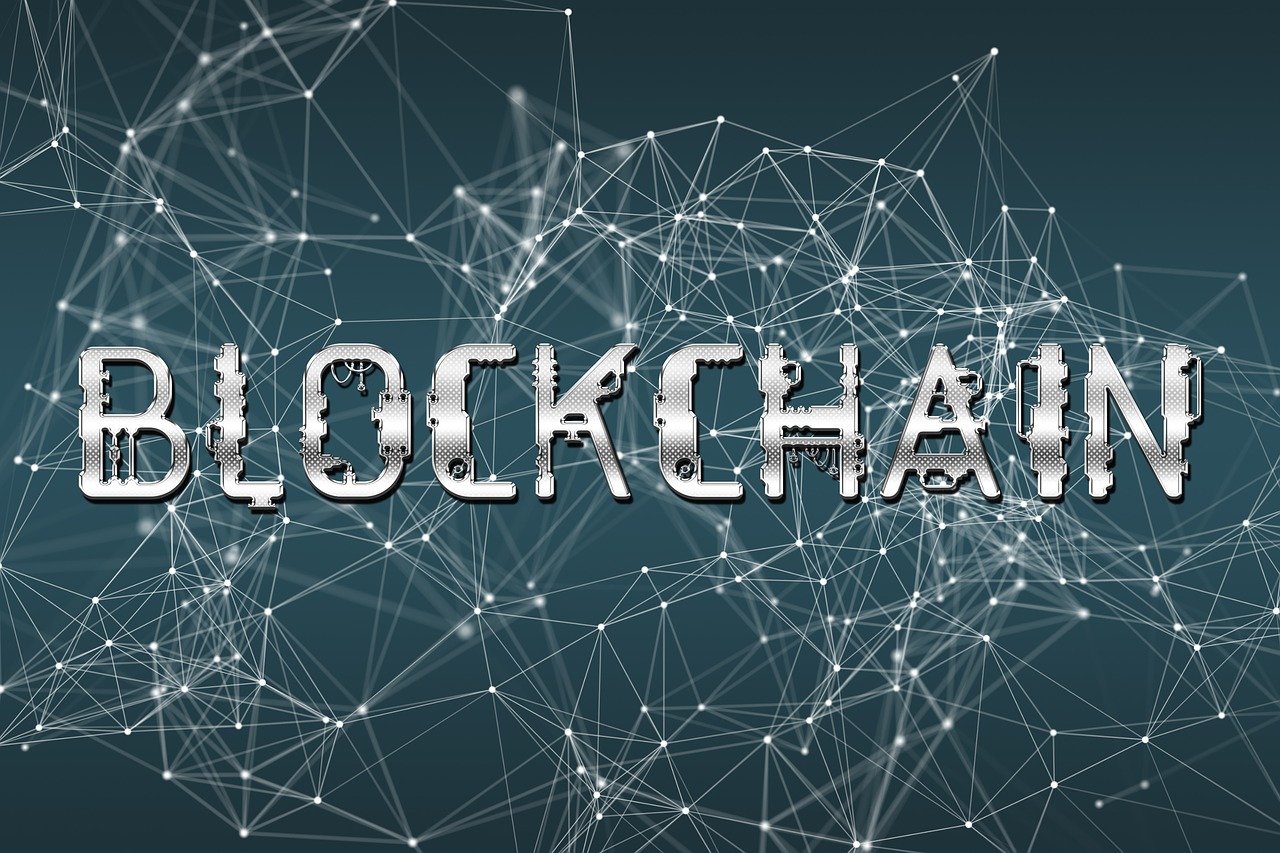Short Takeaways:
- Blockchain bridges let you move crypto assets between different networks securely.
- Always use trusted, audited bridges like LayerZero, Wormhole, or Synapse.
- Cross-chain technology will become faster, safer, and more integrated by 2026.
How to Bridge Assets Between Blockchains
In the expanding world of decentralized finance (DeFi), interoperability has become a defining goal for 2025. With hundreds of active blockchains — from Ethereum and Solana to Avalanche and BNB Chain — investors and developers are constantly seeking ways to move their assets seamlessly across networks. This is where blockchain bridges come in.
Bridging allows users to transfer cryptocurrencies, tokens, and digital assets between different blockchain ecosystems. Whether you’re looking to stake tokens on a new platform, explore a new DeFi protocol, or simply lower transaction fees, understanding how to bridge assets securely is now an essential skill for every crypto user.
Also read : What Is a Rug Pull?
Why Bridging Matters in 2025
The crypto industry has evolved beyond isolated ecosystems. Today, decentralized apps (dApps) are being built on multiple chains, and cross-chain compatibility is a must.
In 2025, blockchain bridges serve as critical infrastructure — connecting otherwise siloed blockchains and enabling liquidity to flow freely between them. For example, an Ethereum user might want to move USDC to Solana for faster and cheaper transactions, or bring assets to a Layer-2 network like Arbitrum or Base to take advantage of lower gas fees.
Without bridges, each blockchain would function as a closed system, limiting both innovation and user experience. But with bridges, users can tap into new opportunities across networks, such as:
How Blockchain Bridges Work
At their core, blockchain bridges are protocols that allow data and value to move between two or more blockchains. They rely on smart contracts, liquidity pools, and sometimes validators or relayers to ensure that assets are securely transferred.
Here’s how the process typically works:
- Locking Assets – When you send your tokens to a bridge, they are locked in a smart contract on the source blockchain.
- Verification – The bridge verifies the transaction using a consensus mechanism or an oracle network.
- Minting or Releasing Assets – Equivalent tokens are then minted or released on the destination blockchain, representing your original assets.
For example, if you bridge 1 ETH from Ethereum to Polygon, your ETH is locked on Ethereum, and you receive a wrapped version (often called wETH) on Polygon. When you send it back, the wrapped token is burned, and your original ETH is unlocked.
Step-by-Step: How to Bridge Assets Between Blockchains
Let’s go through the general process you’d follow when using a blockchain bridge in 2025.
1. Choose a Reliable Bridge
Popular cross-chain bridges include:
- LayerZero (for universal interoperability)
- Wormhole (Ethereum, Solana, and more)
- Multichain (formerly Anyswap)
- Synapse Protocol
- Arbitrum Bridge or Base Bridge (for Layer-2 Ethereum transfers)
Always verify that you’re on the official bridge website — phishing scams are common in this space.
2. Connect Your Wallet
Most bridges support MetaMask, Phantom, or WalletConnect. Connect your crypto wallet and approve the connection.
3. Select Tokens and Networks
Choose the token you want to move (e.g., ETH, USDC, or MATIC) and select the source and destination chains (for example, from Ethereum to Avalanche).
4. Confirm and Pay Gas Fees
Bridging involves transaction fees on both sides. The bridge interface will show you the estimated gas costs before confirming.
5. Wait for Confirmation
Depending on the networks involved, the transfer can take anywhere from a few seconds to several minutes. Once complete, you’ll see the bridged tokens in your destination wallet.
Common Risks and How to Stay Safe
While bridging expands what users can do across blockchains, it also comes with risks. In fact, bridge hacks have been among the most costly exploits in crypto history — with billions lost due to vulnerabilities in smart contracts or validation processes.
Here’s how to minimize risk:
- Use Audited Bridges – Only use bridges that have undergone security audits by reputable firms.
- Avoid Large Transfers at Once – Test with small amounts before transferring significant sums.
- Beware of Fake Links – Always double-check URLs and verify them from official project websites or reputable aggregators.
- Monitor Transaction Fees – Gas fees can fluctuate; high congestion can make bridging costly.
Some emerging technologies, like trustless bridges and zero-knowledge (ZK) proofs, are being developed in 2025 to make cross-chain transfers safer and more efficient.
The Future of Cross-Chain Bridging (2026 Outlook)
By 2026, the crypto industry is expected to move toward native interoperability, reducing reliance on third-party bridges. Projects like Polkadot, Cosmos, and Avalanche Subnets are leading this movement by enabling communication across blockchains through shared protocols rather than token wrapping.
In parallel, ZK-rollups and modular blockchains will make transferring assets faster, cheaper, and more secure. As this technology matures, users may eventually bridge assets as effortlessly as they send an email today.
Still, for now, bridges remain vital. They’re the glue connecting an increasingly fragmented blockchain world — empowering users to move assets, trade, and innovate without borders.
Conclusion
Bridging assets between blockchains is no longer a niche skill — it’s becoming a necessity for crypto investors and DeFi users in 2025. By understanding how bridges work, choosing trusted platforms, and practicing safe habits, you can move your digital assets freely and securely across ecosystems.
As the crypto space evolves toward 2026, interoperability will define the next generation of decentralized innovation — and mastering blockchain bridging will keep you ahead of the curve.



